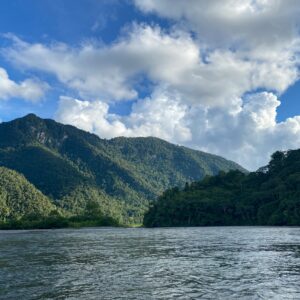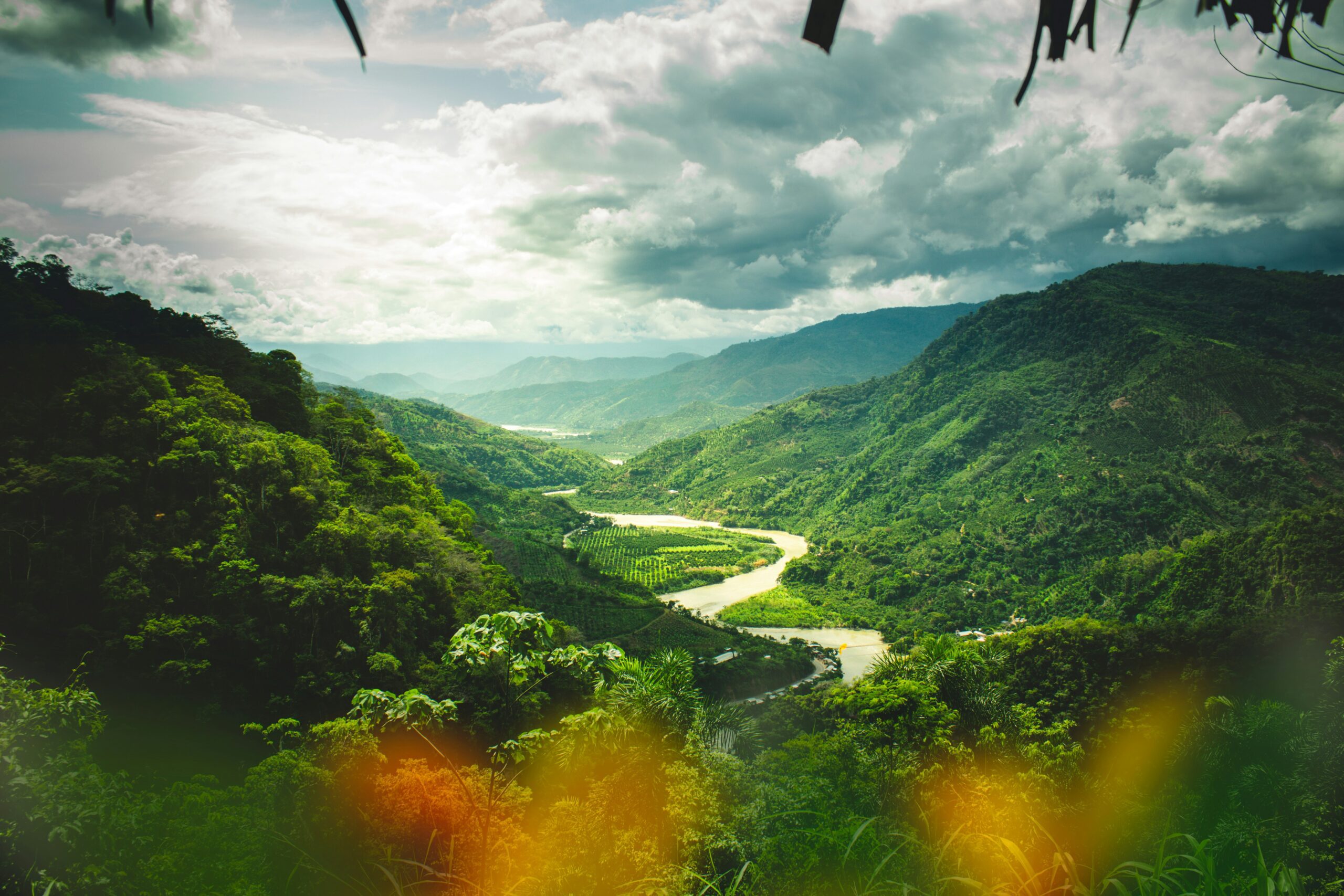Peru, situated at the heart of South America, presents an enticing prospect for herping enthusiasts eager to delve into its rich biodiversity. The country’s diverse landscapes, ranging from the towering peaks of the Andes to the dense Amazon rainforest, offer a plethora of opportunities for herping adventures. As you embark on your journey through Peru’s wilderness, expert herping tour guides serve as invaluable companions, leading you to prime locations for reptilian and amphibian encounters while sharing their wealth of knowledge about the region’s ecosystems and wildlife.
Discovering Diverse Environments
Peru’s environmental diversity astounds. It encompasses a range of ecosystems, including the Amazon rainforest, Andean cloud forests, coastal deserts, and high-altitude grasslands known as puna. Each of these habitats harbors its own unique flora and fauna, making Peru a hotspot for biodiversity.
In the Amazon rainforest, verdant jungles teem with life. Towering trees, tangled vines, and meandering rivers create a lush and humid environment that supports an incredible diversity of species. Here, herpers may encounter iconic creatures such as the emerald tree boa, poison dart frogs, caimans, and a myriad of colorful frogs and lizards.
Venturing into the Andean cloud forests, where mist shrouds the mountainsides, herpers may find themselves amidst a realm of moss-covered trees, orchids, and epiphytes. This mystical environment provides a habitat for species such as the Andean spectacled bear, the Andean tree frog, and the elusive cloud forest snake.
Along Peru’s arid coast, where the Pacific Ocean meets the desert, a different array of creatures awaits discovery. Here, marine iguanas bask on rocky shores, while Peruvian desert toads burrow beneath the sand. Coastal wetlands provide vital habitat for species like the green anaconda and the strikingly patterned coastal whiptail.
In the high-altitude puna, where the air is thin and the landscape is dominated by grasslands and rugged peaks, herpers may encounter unique adaptations to the harsh environment. Here, species such as the Andean lizard and the Andean marsupial frog have evolved to thrive in extreme conditions.

Creatures Thriving in Peru
Peru is home to an astonishing array of reptiles and amphibians, with over 500 species documented within its borders. Among the most iconic are the Andean spectacled bear, the world’s only bear species native to South America, and the green anaconda, one of the largest snakes in the world.
Other notable species include the Peruvian poison frog, with its vibrant colors serving as a warning to potential predators, and the giant river otter, a charismatic and endangered species found in the rivers and lakes of the Amazon basin. In addition to these charismatic megafauna, Peru is also home to countless species of frogs, lizards, snakes, and turtles, each playing a vital role in the country’s rich ecosystem.
Weather Wonders
Peru’s weather is as diverse as its ecosystems, with climate patterns varying significantly from region to region. Along the coast, the climate is predominantly arid, with mild temperatures and little rainfall throughout much of the year. In contrast, the Amazon basin experiences a tropical rainforest climate, characterized by high temperatures, humidity, and heavy rainfall year-round.
In the Andean highlands, the climate varies depending on altitude, with cooler temperatures prevailing at higher elevations. The rainy season, known as the “wet season,” typically occurs from November to April, while the “dry season” extends from May to October. Travelers should prepare for rapid changes in weather, especially in mountainous areas where conditions can shift suddenly.

Captivating Culture
Beyond its natural wonders, Peru is steeped in history and culture. Visitors can explore ancient Inca ruins such as Machu Picchu, marvel at the intricate artwork of pre-Columbian civilizations, and immerse themselves in vibrant Andean communities. The country’s rich cultural heritage adds another layer of fascination to any herping expedition, offering opportunities to learn about traditional beliefs, customs, and practices that have shaped the landscape for centuries.
Herping Tours
To make the most of your herping expedition in Peru, it’s essential to plan ahead and find knowledgeable guides who can lead you to the best locations for sightings. Numerous tour operators and local guides offer specialized herping tours, providing expertise and access to prime herping spots.
When choosing a tour guide, look for those with experience in herpetology and a deep understanding of Peru’s ecosystems. Ask about their knowledge of local species, their conservation practices, and their approach to wildlife viewing.
Consider joining a group tour or hiring a private guide for a personalized experience tailored to your interests and skill level. Group tours offer the opportunity to learn from fellow enthusiasts and share in the excitement of discovering new species together.
Alternatively, if you prefer a self-guided approach, research reputable herping destinations and obtain permits if necessary. Be sure to respect local regulations and guidelines for wildlife observation, and always prioritize the well-being of the animals and their habitats.

Embarking on a herping expedition through Peru’s ecological marvels is a thrilling adventure that promises unforgettable encounters with reptiles, amphibians, and their diverse habitats. By planning ahead, finding knowledgeable guides, and respecting local wildlife and regulations, you can make the most of your experience while contributing to conservation efforts and fostering a deeper appreciation for Peru’s natural wonders. Whether you’re a seasoned herper or new to the hobby, Peru’s wilderness offers endless opportunities for exploration, discovery, and connection with the captivating world of herpetology.


0 Comments